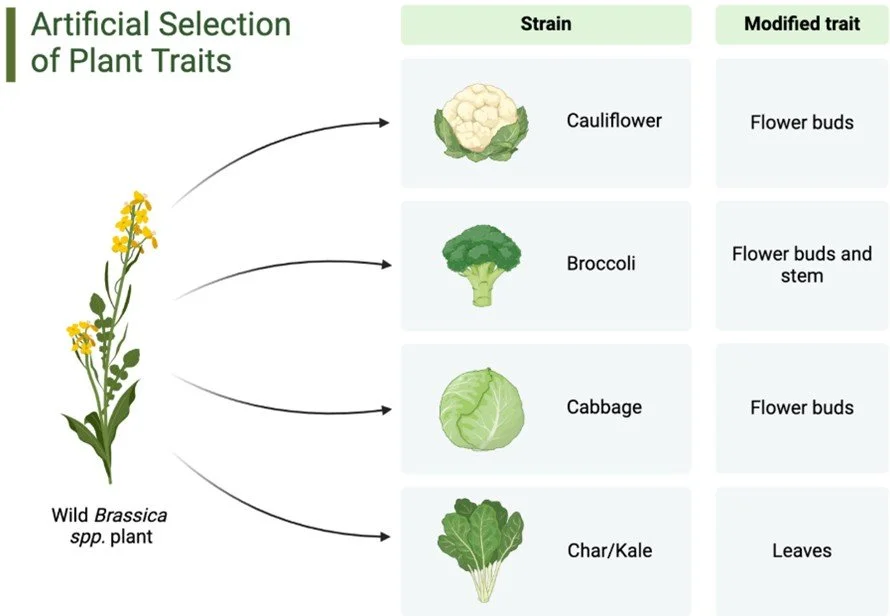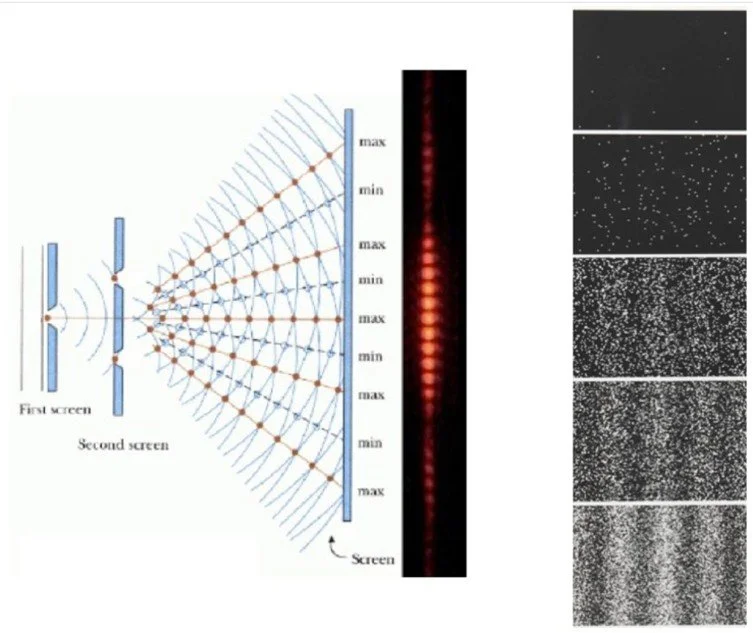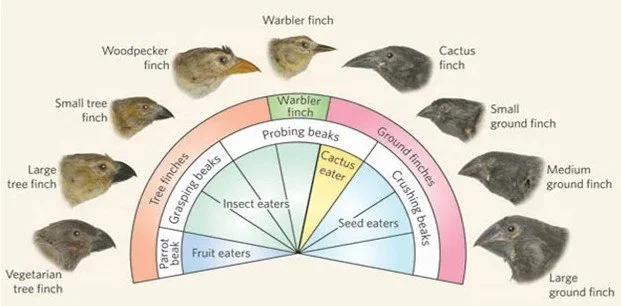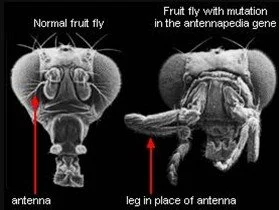Darwin’s Three Strikes
Darwinism Fails the Test of Experiment
by Richard L. Lewis, PhD
Darwinism is a product of Victorian-era science. Unlike many outdated theories from that time, it still plays a major role in modern biology. The core of Darwinism consists of two main ideas:
1. Natural Variation – Because the mechanisms of heredity were unknown in Darwin’s time, variation was thought to be entirely random.
2. Natural Selection – Farmers, for millennia, have practiced artificial selection: choosing which plants or animals reproduce based on desirable traits. Over time, this created the fruits and livestock we know today.
What breeders have wrought over the millenia
Darwin's first idea has already suffered two major blows:
First, physics experiments on natural law undermine the concept of random variation.
Second, biological insights from post-World War II research challenge the randomness of hereditary change.
His second idea—natural selection—is weakened by perhaps the largest biological experiment in history: billions of organisms studied by thousands of scientists over decades, all in pursuit of modern genetics. The results have raised significant doubts about Darwinian mechanisms.
In baseball, three strikes and you’re out. If that rule applies to scientific theories, Darwinism may be heading for retirement.
Strike 1: Natural Law
Victorian science viewed natural laws as simple, Newtonian formulas like F = ma (Force = Mass times Acceleration). These laws were thought to govern everything, including life itself. Living organisms were believed to be nothing more than matter obeying physical laws.
But modern physics has changed that view dramatically. We now understand that even fundamental particles like electrons and photons have a tripartite structure:
1. Local tangible aspect (the particle),
2. Extended intangible aspect (the wavefunction, akin to "mind"),
3. Global organizing principle (Natural Law governing the wavefunction)
In quantum mechanics, the wavefunction determines the probabilities of outcomes, but the final outcome of a particle’s behavior is not strictly determined—it appears to involve a kind of choice.
Take, for instance, the partial reflection experiment: when identical photons strike a pane of glass, about 80% pass through, and 20% reflect back. Each photon seems to “choose” what to do. As Nobel laureate Richard Feynman said:
"Try as we might to invent a reasonable theory that can explain how a photon 'makes up its mind' whether to go through glass or bounce back, it is impossible to predict which way a given photon will go....It’s a deep mystery."[1]
Similarly, in the slit experiment, individual particles land in places that form an interference pattern when many are observed—a wave phenomenon emerging from individual behavior.
MULTITUDES - INDIVIDUAL PATTERS
The math governing these processes uses complex numbers, which combine magnitude and rotation. For example, the square root of –1 (known as “I”) corresponds to a 90° rotation, and two such rotations (i × i) give you a full 180°, or –1.
These findings suggest that biological systems, particularly in early evolution, followed probabilistic wavefunction patterns—not random chaos. This undermines the idea that variation is completely unguided.
Furthermore, emergent properties—like chemical behavior—are based not on particles themselves but on wavefunctions. For instance, gold (with 79 electrons) and mercury (with 80 electrons) have dramatically different properties not because of their electrons, but because of how those electrons are arranged in wave-governed orbitals.
Strike 2: Epigenetics and Races
Darwin knew nothing of DNA. Later, the Modern Synthesis united Darwinian theory with genetics, asserting that mutations in DNA created variation.
However, an unexpected discovery from World War II disrupted this framework. During the Dutch famine of 1944–45, Nazi forces cut off food supplies, causing widespread starvation. Decades later, researchers studied the grandchildren of survivors—and found their metabolism was tuned for famine, despite growing up in abundance.
This launched the field of epigenetics, which studies how environmental factors leave inheritable marks on DNA without altering the DNA sequence itself. Scientists once believed these changes were wiped clean during reproduction—but some epigenetic instructions survive across generations.
Darwin assumed that variation was random and that such changes led to new species. But evidence from Darwin’s finches suggests something different: the variations among island finches may be due to epigenetic changes, not genetic mutations.
Darwin’s Finches
“As environmental factors are known to result in heritable changes in the epigenome, it is possible that epigenetic changes contribute to the molecular basis of the evolution of Darwin’s finches.” [2]
This strongly suggests that variation is purposeful and guided—not random—and calls into question the Darwinian basis for speciation.
Strike 3: Population Genetics
Darwin proposed that beneficial mutations would naturally become established in a population over time.
To test this, scientists did the following:
1. Increased mutation rates using radiation or chemicals
2. Observed whether any beneficial mutations became fixed in populations
The most famous subject was the fruit fly (Drosophila melanogaster), used in countless experiments worldwide. In many labs—including my own experience as a student—flies were exposed to X-rays and observed for mutations.
These experiments, spanning a century and billions of flies, helped discover key genetic mechanisms (like HOX genes), but never produced a new beneficial mutation that became dominant in a population.
Mutants, like flies with legs growing from their heads, were biologically interesting—but reproductively useless.
Despite decades of effort, not a single example has emerged of a beneficial mutation becoming fixed in a Drosophila population. If Darwin’s theory were correct, such results should have been inevitable—and Nobel-worthy. But no such case has been found. Instead, these experiments confirm that random changes to complex systems are overwhelmingly destructive, not creative.
Conclusion
This article may provoke strong reactions from Darwinists. If so, I challenge them: show a single verified case where a new mutant population became established through random variation and natural selection.
Until then, this is Strike 3. Darwinism—despite its historical importance—is not supported by the findings of modern science.
Sources
[1] Feynman, R.P. (1985). QED: The Strange Theory of Light and Matter. Princeton University Press, p.19.
[3] https://www.ncbi.nlm.nih.gov/pmc/articles/PMC4159007/
[4]
https://www.ncbi.nlm.nih.gov/pmc/articles/PMC5831767/







